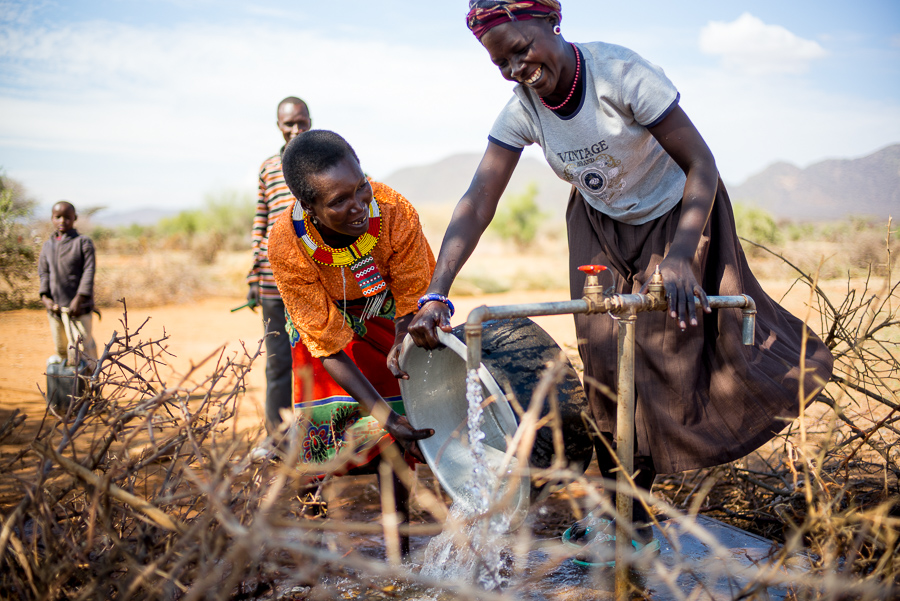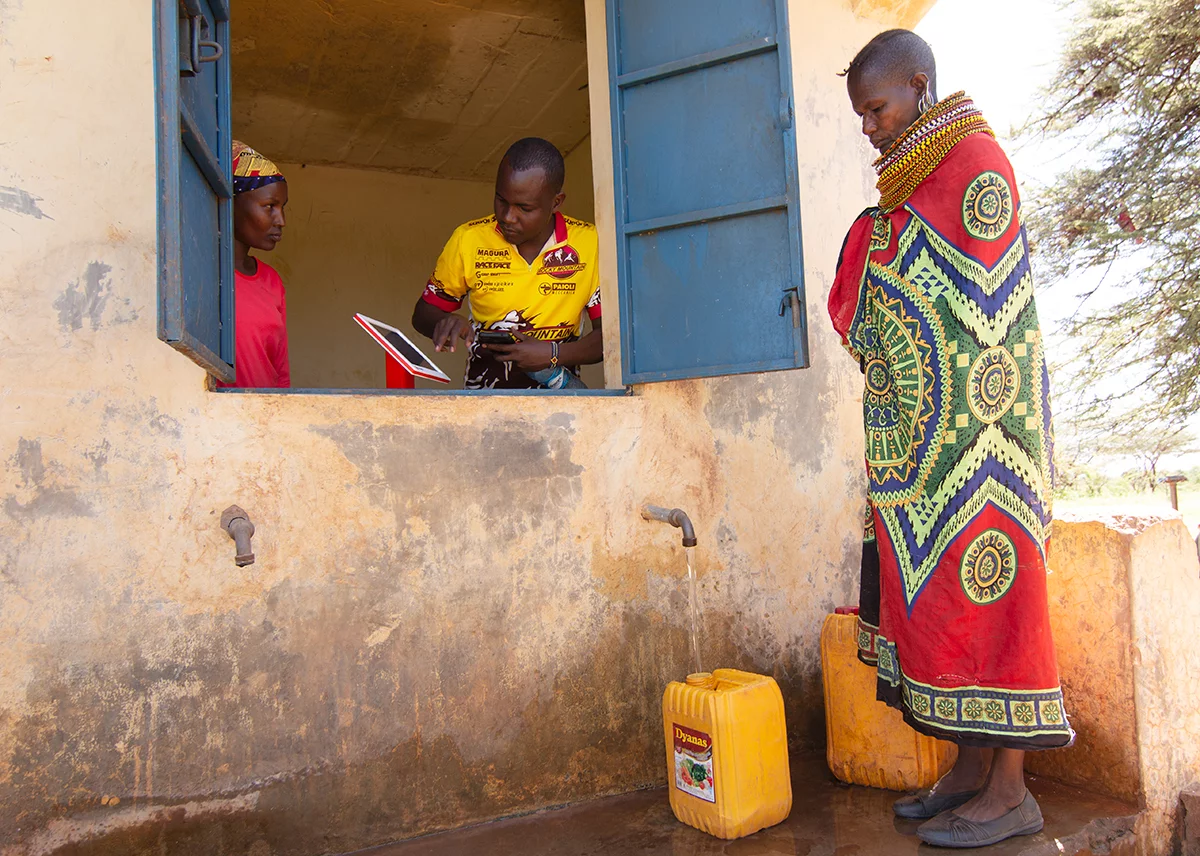January 23, 2023
The Challenges & Successes of Implementing Clean Water Projects in East Africa
Water scarcity is a global issue faced by millions each year. Although there is enough water on the planet to provide for all 8 billion of us, too much of it is wasted, polluted, and recklessly managed. As the world’s population rapidly grows and technology continues to advance, access to clean water and global standards for reliability and efficacy fail to keep pace.
Water, Sanitation, & Hygiene (WASH) services can provide a sense of well-being, safety, and comfort to vulnerable communities, but they are often underfunded and under prioritized. According to the UN-Water Global Analysis and Assessment of Sanitation and Drinking-Water (GLAAS) 2022 report, over 75% of countries have insufficient funding to implement their WASH plans and strategies—and only 25% of countries are on track to achieve their national sanitation targets.1
For WASH strategies to be sustainable, countries need to have strong national policies, financial systems, adequate human resources, and monitoring.2 But without reliable access to clean water, communities suffer, education cannot thrive, gender inequality becomes the norm, economic activity stalls, and development is stifled.
That’s where Well Aware comes in.
While 60% of water projects across the industry fail on average, we continue to maintain a 100% success rate across all 114+ water projects we have implemented to date. How do we do it? We set the standard through our commitment to partnership, efficiency, innovation, and sustainability—with a mission to bring clean water for life to communities across East Africa.
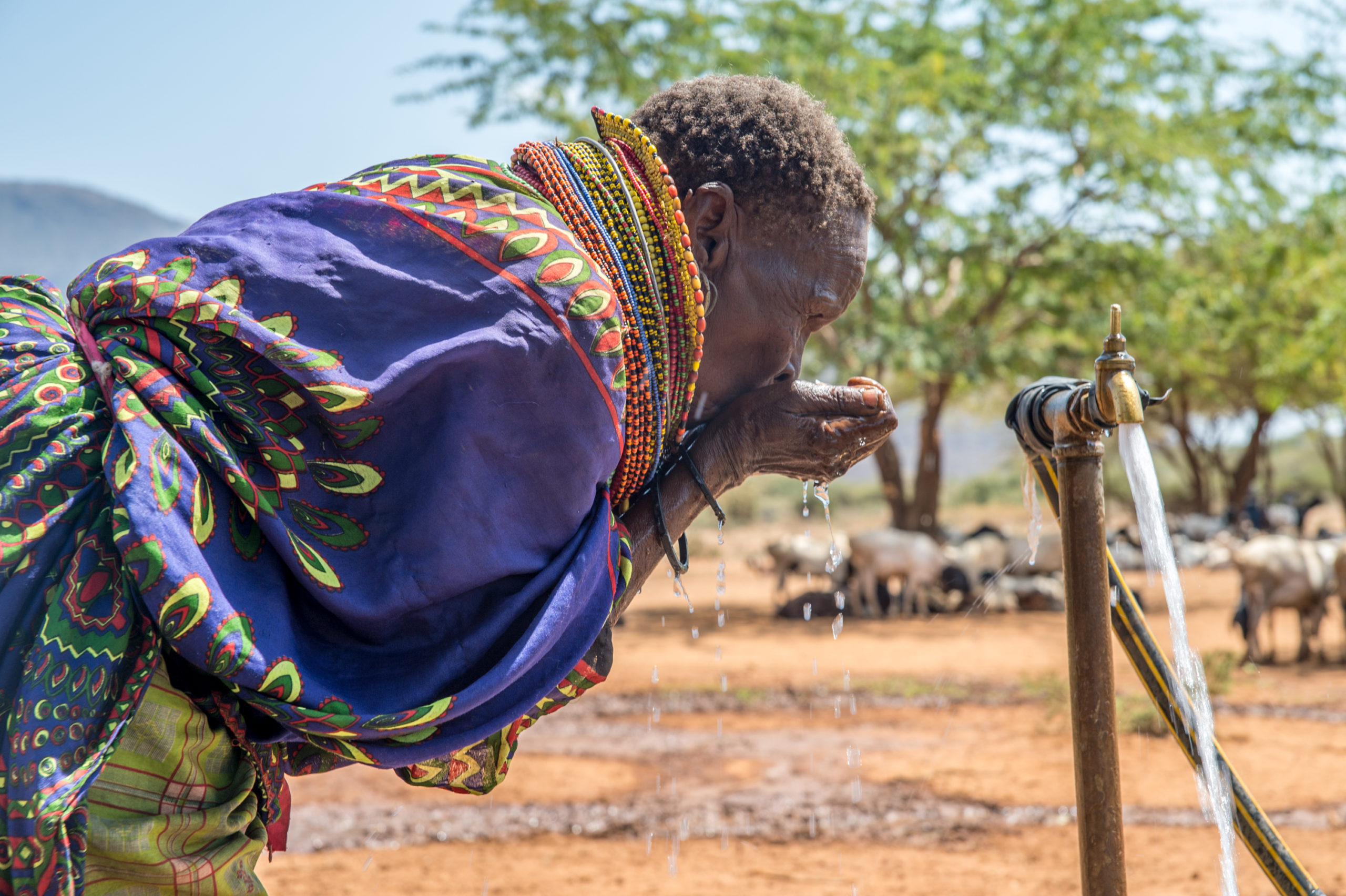
The Risk of Contaminated Water Sources
Access to clean water varies in developing countries around the globe. Many communities are confronted with the very real fear of not knowing where their daily dose of water will come from—and if it will be safe to drink.
Contaminated water is directly linked to a variety of preventable health-related risks:
- increased chance of contracting a waterborne illness like cholera, typhoid, or dysentery;
- increased infant mortality;
- decreased classroom attendance;
- decreased community economy; and
- increased conflict and domestic violence.
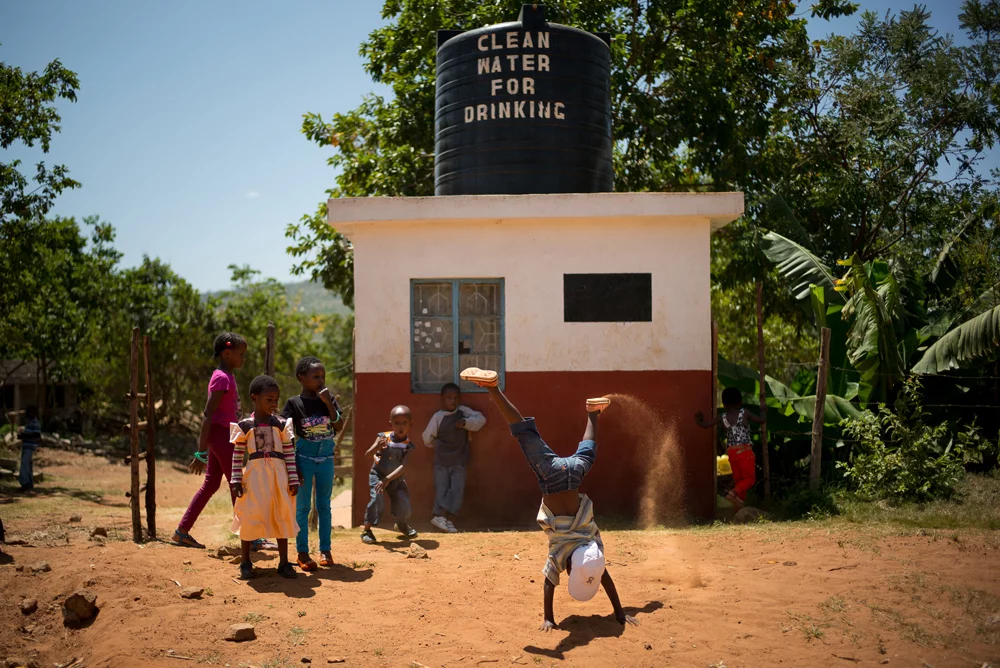
Providing Clean Water for Life
Solving the world’s water crisis will take more than implementing clean water systems and solutions. It requires us to confront the challenges we face with long-term maintenance, community involvement, and proper training to become an anchor for development within vulnerable communities.
Let’s explore the ways in which Well Aware, a clean water nonprofit organization, has confronted the challenges that come with implementing clean water projects, and how we are succeeding in our mission to provide clean water for life.
Challenge #1: Technical & Local Expertise
Lack of technical knowledge, quality of knowledge, and application of that knowledge during the planning, implementing, and monitoring of a clean water system are primary causes of water project failure. Although some organizations spend ample time raising funds for clean water projects, the amount of money raised doesn’t necessarily equate to long-term success. It is the on-the-ground technical and local experts who ultimately drive the sustainability of the water project.
When there are experts on the ground who understand and listen to community needs and goals, clean water projects can thrive. No one grasps the state of existing resources better than the community a clean water project is being implemented in. If funds are not allocated toward technical planning, community training, and maintenance over time, the water source will be short-lived.
How Well Aware Succeeds in Technical & Local Expertise
Since 2008, our water projects have continued to maintain a 100% success rate, which is driven by our commitment to technical expertise and ongoing support within our partner communities. Our community-driven approach, paired with our team of technical and local experts, ensure the longevity of water projects. By taking the time to understand and listen to community needs and goals, we are able to design water systems that utilize existing resources for the greatest sustainable impact to communities served.
Focusing on technical expertise not only improves the life expectancy of a water system, but also the community’s buy-in of the project. When community members feel that they have experts on their side, listening to their concerns and providing proper training, they are more likely to take ownership of the clean water system upon implementation.
Plus—by investing in technical expertise at the get-go, ongoing maintenance costs, system failure rates, resource waste, and confusion will all be significantly reduced
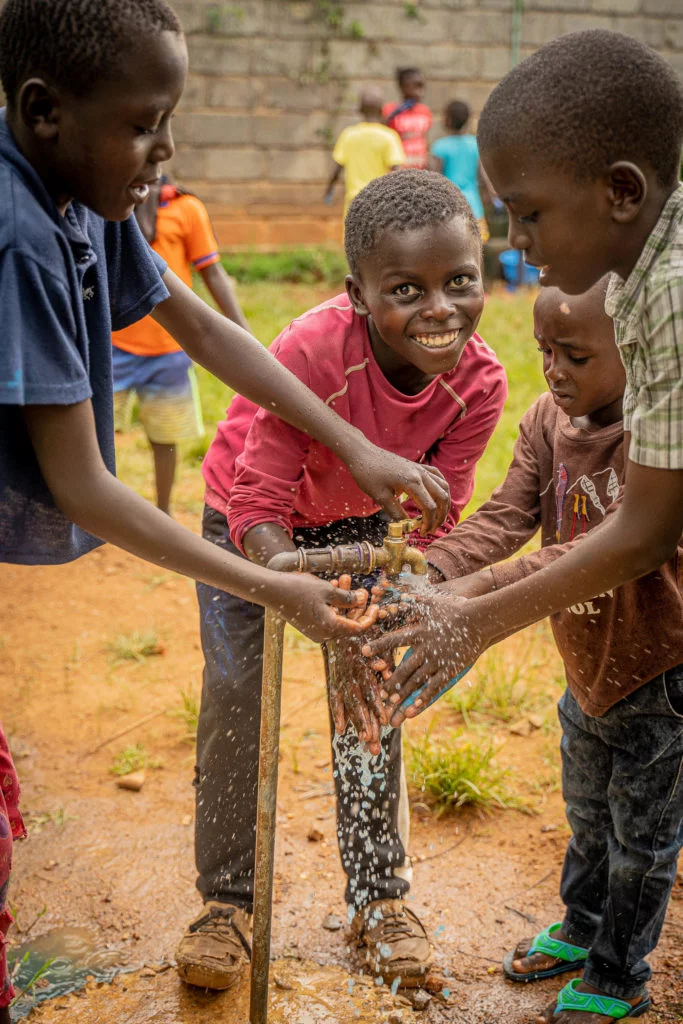
Challenge #2: Community Involvement & Proper Training
When NGOs utilize the unsustainable model of quickly implementing clean water systems without including community members in the process, the system will fail to be a sustainable source of clean water long-term. If community members are not guided on their responsibilities when it comes to upkeep of the project, they can’t be expected to know how to maintain it.
How Well Aware Confronts Community Involvement
The key to any successful clean water project is not only involving community members in the process from the start, but making them leaders—which empowers them to understand how they will manage, monitor, and evaluate the project after implementation. As an organization, we help communities elect gender-balanced water committees who will be the local leads responsible for those items.
When community members take a leading role in the planning, implementing, conservation, and monitoring of clean water systems, it reduces their dependence on external organizations, which empowers them to diagnose and service projects on their own.
Additionally, our Well Beyond app is the best possible way to share large amounts of reliable and technical information with partner communities—especially those responsible for maintaining the project. The app is easy to use and allows community members to take the success of the clean water system into their own hands—saving time and money.
Today, the Well Beyond app is transforming the longevity of sustainable clean water projects in East Africa. As the first and only patent-pending app for maintenance of clean water projects, the Well Beyond app helps communities across the world effectively navigate the ever-changing landscape of the water aid sector. Gone are the days where communities have to wait days, weeks, or months for repairs to their water source. With the Well Beyond app, we are able to keep rural water projects operational longer and for less.
The Community Impact
Mrs. Stella, a teacher at Kaliini Secondary School in Kenya, shared how the Well Beyond App has helped her community.
“The app has really helped us to understand how our [water] system functions. We have been able to troubleshoot most of the minor problems we have experienced and keep the system serving us through the app. We are very grateful for the channel of communication we now have to air our needs when we have them. For example, through the app we were able to air the need of having an extra filter when the one they had was congested.”
Naomi, a Kithoka, Kenya community member and one of the first adopters, shared, “The app has proven to be a great necessity in our community. The WASH tool is really great, especially the option of training a group, it is relatively simple to train quite a large group. And the Swahili version has made it easier for the message to reach everyone despite their literacy level and economic background.”
Challenge #3: Measurement, Monitoring, & Evaluation
To meet community goals and objectives, benchmarks must be set and consistently measured to support the success of a water project. Unfortunately, lack of monitoring throughout the industry directly contributes to the high failure rate of projects—with less than 5% of projects being visited after they are constructed.3 With 95% of water projects facing abandonment, the need for monitoring and water conservation is greater than ever before.
Though, the well-being of a water project requires more than measurement and monitoring—it demands proper oversight by technical and local water experts who can evaluate results to ensure alignment with the goals of the project. When water project management is inadequate, there is no accountability to assure the community that positive change is being achieved. What community members need is the technology and resources to effectively gather necessary data to keep their system running efficiently.
How Well Aware Inspires Water Management Protocols
The Well Beyond app aggregates valuable pieces of data showing how the water project is being used, which in turn provides useful indicators of community-led success. When downloaded, the Well Beyond app provides water system diagnostics, maintenance checklists, community impact reports, service requests, and so much more.
We are passionate about giving our partner communities the tools they need—in the palm of their hand—to prevent, diagnose, and resolve any issues their water projects may encounter. With the Well Beyond app, our partner communities can find peace of mind knowing their clean water source is sustainable for years to come. Further, we designed our app to help partner communities unveil trends that may inform future projects.
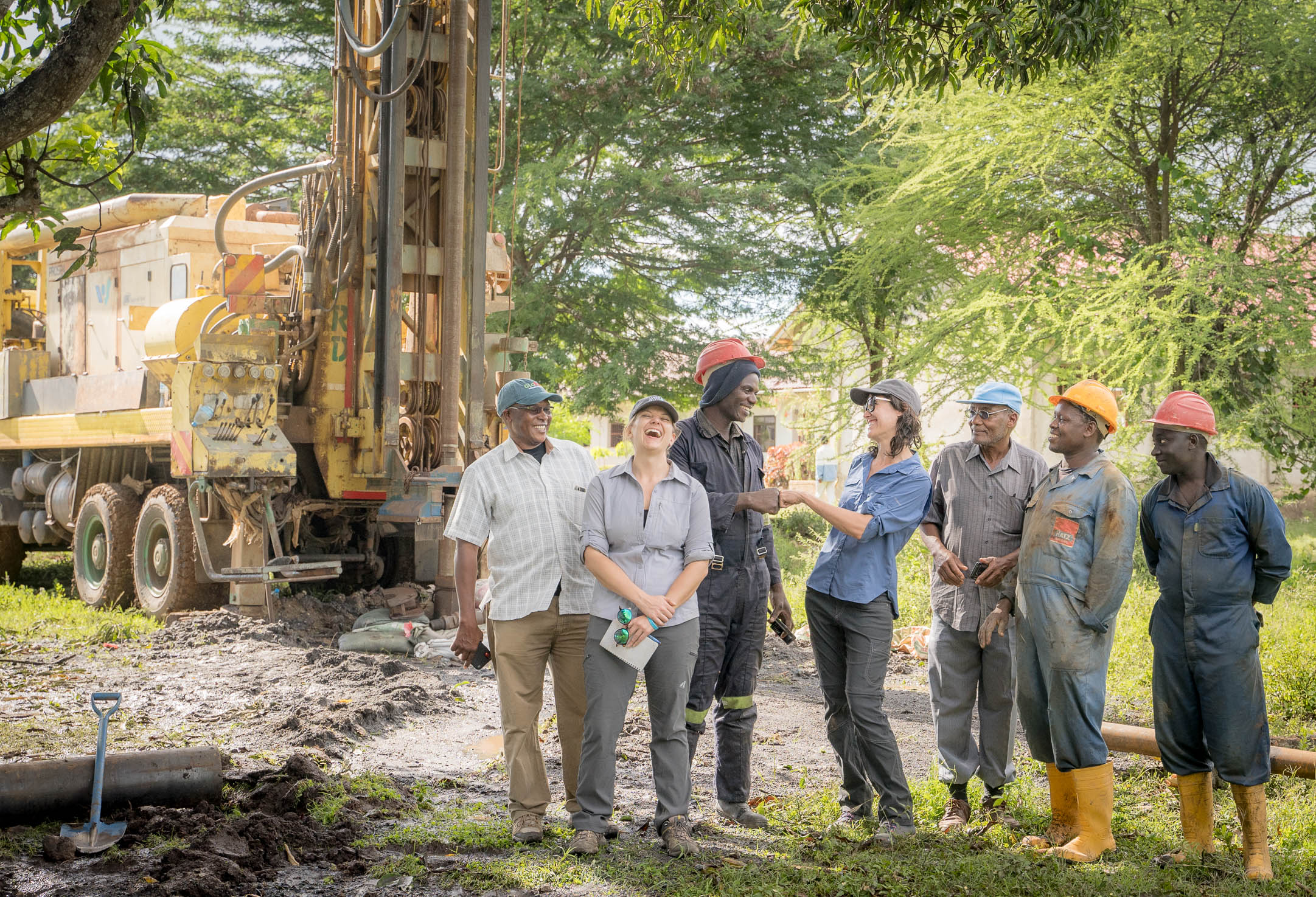
How It Works
- Local water committees submit monthly status reports and conduct regular maintenance checklists.
- When a project breaks down, water committees use the app to diagnose and fix issues.
- If the project requires additional maintenance, the water committee uses the app to notify the NGO.
- The NGO then tracks all user activity and data within a streamlined dashboard.
At the heart of every success story lies the challenges overcome to get there. At Well Aware, we understand and acknowledge the challenges we face in the water aid sector with each project we implement. For us, it’s so much more than just breaking ground on a clean water system—it’s about providing our partner communities with clean water for life.
1World Health Organization. (n.d.). UN-Water Global Analysis and assessment of sanitation and drinking-water (GLAAS) 2022 report. World Health Organization. https://glaas.who.int/glaas/un-water-global-analysis-and-assessment-of-sanitation-and-drinking-water-(glaas)-2022-report
2Strengthening water, sanitation and hygiene (WASH) systems. UNICEF. (n.d.). https://www.unicef.org/wash/strengthening-systems
3Lu, J. (2020, October 20). Failing fast forward: Learning to build water systems that last. Global Washington.https://globalwa.org/issue-brief/failing-fast-forward-learning-to-build-water-systems-that-last/#:~:text=The%20high%20failure%20rate%20of,percent%20are%20monitored%20long%2Dterm
